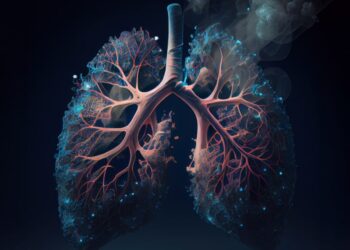We were pioneers among Indian pharmaceutical companies to see tremendous value in investing in research & development (R&D). Our early investments in R&D, beginning three decades ago, enabled us to make technology our key differentiator and develop a basket of robust products for diverse markets across the world. Our core strength lies in our ability to excel in developing generics and technologically complex products through focused teams in formulations, process chemistry and analytical development. We have the capability to deliver quality products within established timelines, at low costs and without compromising on quality.
We have around 1800 research scientists working in multiple R&D centres equipped with cutting-edge enabling technologies for research. Our scientists have expertise in developing generics, difficult to make technology intensive products, Active Pharmaceutical Ingredients (APIs), Novel Drug Delivery Systems (NDDS) and New Chemical Entities (NCEs).
Our capabilities span the development of differentiated products, such as liposomal products, inhalers, lyophilised injections, nasal sprays, besides developing controlled release dosage forms.
Our knowledge in pharmaceutical research allows a rapid ramp-up of a diverse range of immediate and Novel Delivery Systems spanning Oral, Parenteral, Topical and Inhalation Dosage Forms. Our formulation expertise lies in the areas of taste masking, spray-drying, drug-layering, nano-milling, lyophilisation and other pharmaceutical unit operations that enable us to cater to various formulation design needs and concepts. The ability to develop difficult-to-make, complex APIs by using the latest technologies is the key differentiating factor of our research.
Our scientists work closely with our business development team to generate innovative concepts and ideas, exploiting both market needs and synergies across therapeutic areas. We invest around 6 per cent of our revenues annually in research. Even as we focus on developing new technologies, we continuously monitor research efficiency. Our R&D productivity ranks among the highest for Indian generic companies.
Over the years, we have developed expertise and gathered experience in performing pharmacokinetic and bioequivalence studies to facilitate the introduction of generic or branded generic drugs into the international market. Our 408-bed clinical pharmacology unit with expert staff works on bioequivalence/bioavailability studies in compliance with GCP. Facilities include a full-fledged site for Phase I clinical studies. Our CPU has been audited by US FDA, ANVISA, MHRA, and DCGI among others.
Our research strategy and implementation are well supported by a strong intellectual property team having expertise and experience in chemistry, analytical techniques, dosage forms and global patent law.
Over the last 10 years, we have been consistently successful in challenging patents on several high-value products in the US with First-to-File exclusivity under Hatch-Waxman Act and thus helped bring cheaper, high-quality generic versions of such products to the market much earlier than otherwise possible.
Our research capability has not only paid us rich dividends in terms of business, but also earned for us an enviable reputation for quality and capability. The most striking proof of this came when the US FDA permitted us to import unapproved Liposomal Doxorubicin. We are also amongst the very few generic companies that have products like Azelastine Nasal Spray and Sumatriptan Autoinjector in the US and Europe.
The erstwhile Ranbaxy (now merged with Sun Pharma) identified and developed arterolane maleate, India’s first New Chemical Entity (NCE), which was launched in India in 2012. The product, Synriam™, a fixed dose combination of Arterolane maleate 150 mg and Piperaquine phosphate 750 mg is a new age cure for Malaria. The synthetic anti-malarial combination is a non-artemisinin drug that simplifies the treatment of malaria to an effective, once-daily tablet, three-day regimen.
Our R&D centres have been audited and approved by international regulatory authorities, including the US FDA and European authorities.

















